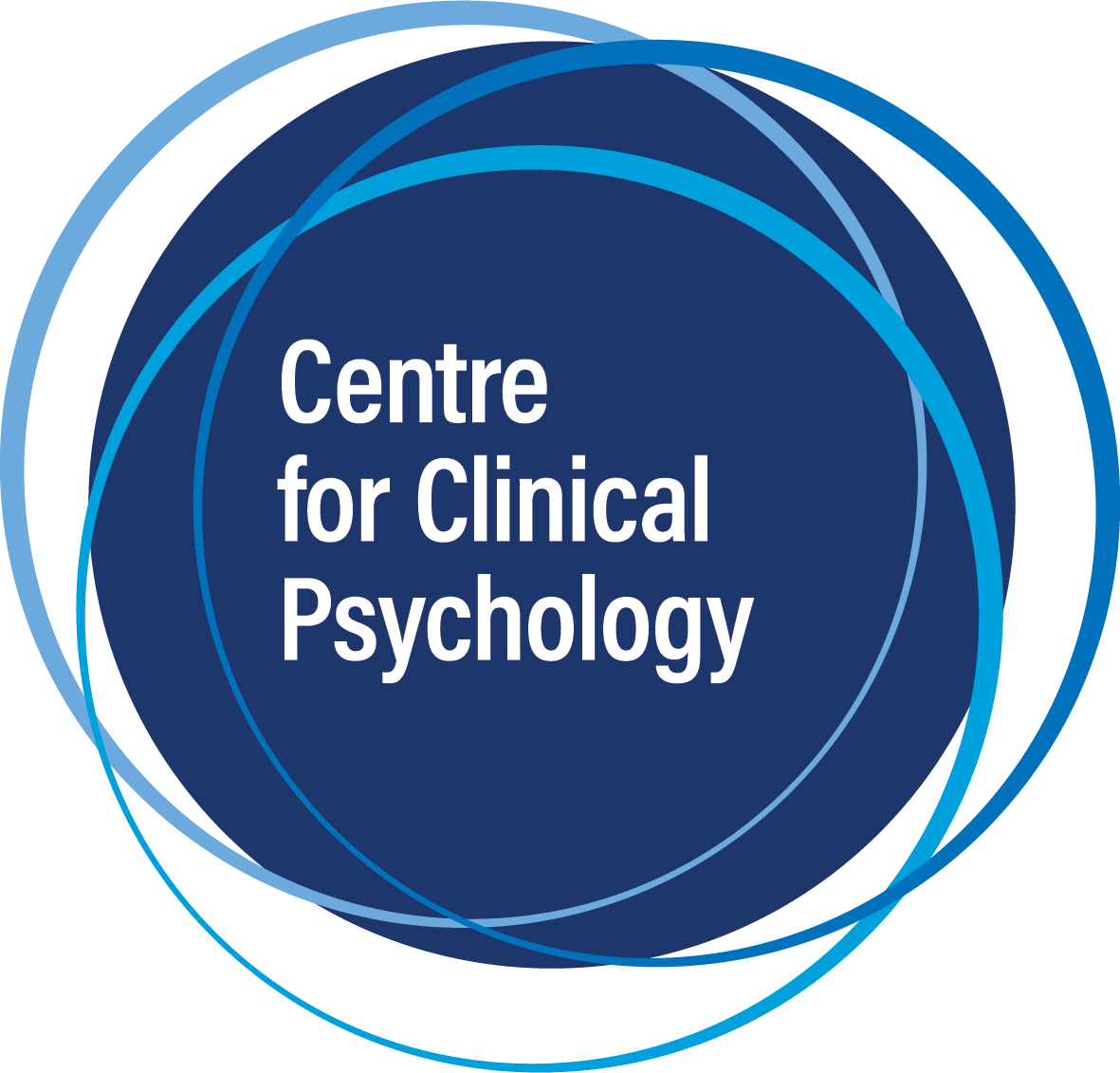In the world of trauma-specific therapies, the journey of recovery can be confusing Cognitive Processing Therapy (CPT) , Eye Movement Desensitization and Reprocessing (EMDR), Prolonged Exposure (PE) and Cognitive Therapy for PTSD (CT-PTSD) have emerged as some of the most common therapies for PTSD. It is important to understand the nuances between all the different therapies. In this article we will focus on CPT and EMDR. It is particularly important to understand therapies when it comes to your personal choice.
Cognitive Processing Therapy (CPT)
CPT is a cognitive-behavioral therapy where the primary goal is to help survivors comprehend negative understanding of themselves, the world and what happened during traumatic events. The therapy involves discussing the meaning of events and understanding them, it also incorporates the completion of worksheets to increase understanding. The therapy operates in four stages:
Education: Understanding PTSD and its ramifications
Exploration: Discovering beliefs one holds about the traumatic event, that might keep one stuck from recovering (e.g., “I shouldn’t have trusted him, I knew better.”)
Examining: Actively examining beliefs to understand them and how they may keep you stuck.
Development: CPT reviews 5 basic domains of life to ensure clients feel prepared for their future, including personal safety, their ability to trust, power and influence, self-esteem, and intimate relationships.
CPT is structured around 12 sessions, but can vary sometimes depending on a range of factors. Some research shows that some people need as few as 9 sessions, others needing more (Galovski, et. al.2012). An average CPT session is 50-60 minutes long. Sessions can be done once or twice per week, or intensively over a one or two week period.
CPT is firmly rooted in empirical research. There are over 40 randomized controlled trials (the best kind of science). Some studies show that CPT demonstrates a positive response, an improvement of 82% in patients at follow-up (Asmundson, 2019).
Given CPT’s substantial research backing, CPT is a first-line treatment in every PTSD treatment guideline, such as the Phoenix Australia guidelines and the US National Center for PTSD guidelines. Because it is based on CBT (cognitive behavioral therapy), it is a therapy that often improves co-occurring issues as well, including depression, anxiety, suicidal thoughts and substance use (Resick, et. al., 2024).
Eye Movement Desensitization and Reprocessing (EMDR)
EMDR is a well known therapy, and has been marketed well, as demonstrated in this quote from the Australian Broadcasting Corporation’s, All in the Mind podcast.
“As far as trauma therapies go, EMDR has a pretty high profile. Prince Harry has discussed how it helped him process the death of his mother, and it’s been written about extensively in the popular press, including magazines like Harper’s Bazaar and Vogue”, (Qadar, 2023).
The hallmark of EMDR is “bilateral stimulation,” which is believed to assist in reprocessing traumatic memories. When completing EMDR, a patient is asked to re-immerse themselves in their trauma while a therapist has the patient follow their finger to induce eye movements. The goal of bilateral stimulation is to help patients reprocess and desensitize to their trauma. EMDR does not require assignments outside of session, which can be appealing for some survivors. A typical EMDR therapy session lasts from 60-90 minutes. EMDR is delivered one to two times per week for a total of 6-12 sessions (American Psychological Association, 2024)
A 2024 systematic review and individual participant data meta-analysis of EMDR and other trauma therapies by Simonne Wright and colleagues found no significant difference between EMDR and other psychological treatments. They found some indication of the moderating effects of gender and employment status. Specifically, they found that unemployed participants receiving EMDR had higher PTSD symptom severity at the post-test time point. Additionally they found that males were more likely to drop out of EMDR treatment than females.
The Question of Choice
If therapies for trauma are not significantly different then it comes to a matter of personal choice. Some important factors for the survivor of trauma to consider, include an understanding of individual preferences, therapist training and qualification, and the empirical evidence that makes sense to the survivor.
One important note is that trauma focussed therapies, such as CPT and EMDR are different from a non-trauma focussed therapy in regard to outcomes for trauma survivors. Hence, if a survivor is choosing a non-trauma focussed therapy they may not have outcomes that reduce trauma related symptoms, because the therapy is not focussed on these.
At the Centre for Clinical Psychology our therapists are certified in CPT and have experience in helping people with a wide range of traumatic experiences. If you are struggling with PTSD, or the aftermath of trauma don’t hesitate to seek help from a professional. The Centre for Clinical Psychology in Melbourne offers counselling services to help you navigate the difficulties of PTSD and Complex PTSD. Book an appointment today by calling 03 9077 0122 or visiting https://ccp.net.au/booking/
References
Asmundson, G. J. G., Thorisdottir, A. S., Roden-Foreman, J. W., Baird, S. O., Witcraft, S. M., Stein, A. T., Smits, J. A. J., & Powers, M. B. (2019). A meta-analytic review of cognitive processing therapy for adults with posttraumatic stress disorder. Cognitive Behaviour Therapy, 48(1), 1–14. https://doi.org/10.1080/16506073.2018.1522371
American Psychological Association ( 2024, May 27). PTSD Guideline, Treatments. Eye Movement Desensitization and Reprocessing (EMDR) Therapy. https://www.apa.org/ptsd-guideline/treatments/eye-movement-reprocessing
Galovski, T. E., Blain, L. M., Mott, J. M., Elwood, L., & Houle, T. (2012). Manualized therapy for PTSD: flexing the structure of cognitive processing therapy. Journal of consulting and clinical psychology, 80(6), 968–981. https://doi.org/10.1037/a0030600
Qadar, S. (Host). (7 May 2023) What’s the deal with EMDR?. All in the Mind. ABC. https://www.abc.net.au/listen/programs/allinthemind/what-is-the-deal-with-emdr-therapy/102232198
Resick, P. A., Monson, C. M., & Chard, K. M. (2024). Cognitive processing therapy for PTSD: A comprehensive therapist manual (2nd ed.).
Wright, S. L., Karyotaki, E., Cuijpers, P., Bisson, J., Papola, D., Witteveen, A., … Sijbrandij, M. (2024). EMDR v. other psychological therapies for PTSD: a systematic review and individual participant data meta-analysis. Psychological Medicine, 1–9. doi:10.1017/S0033291723003446



